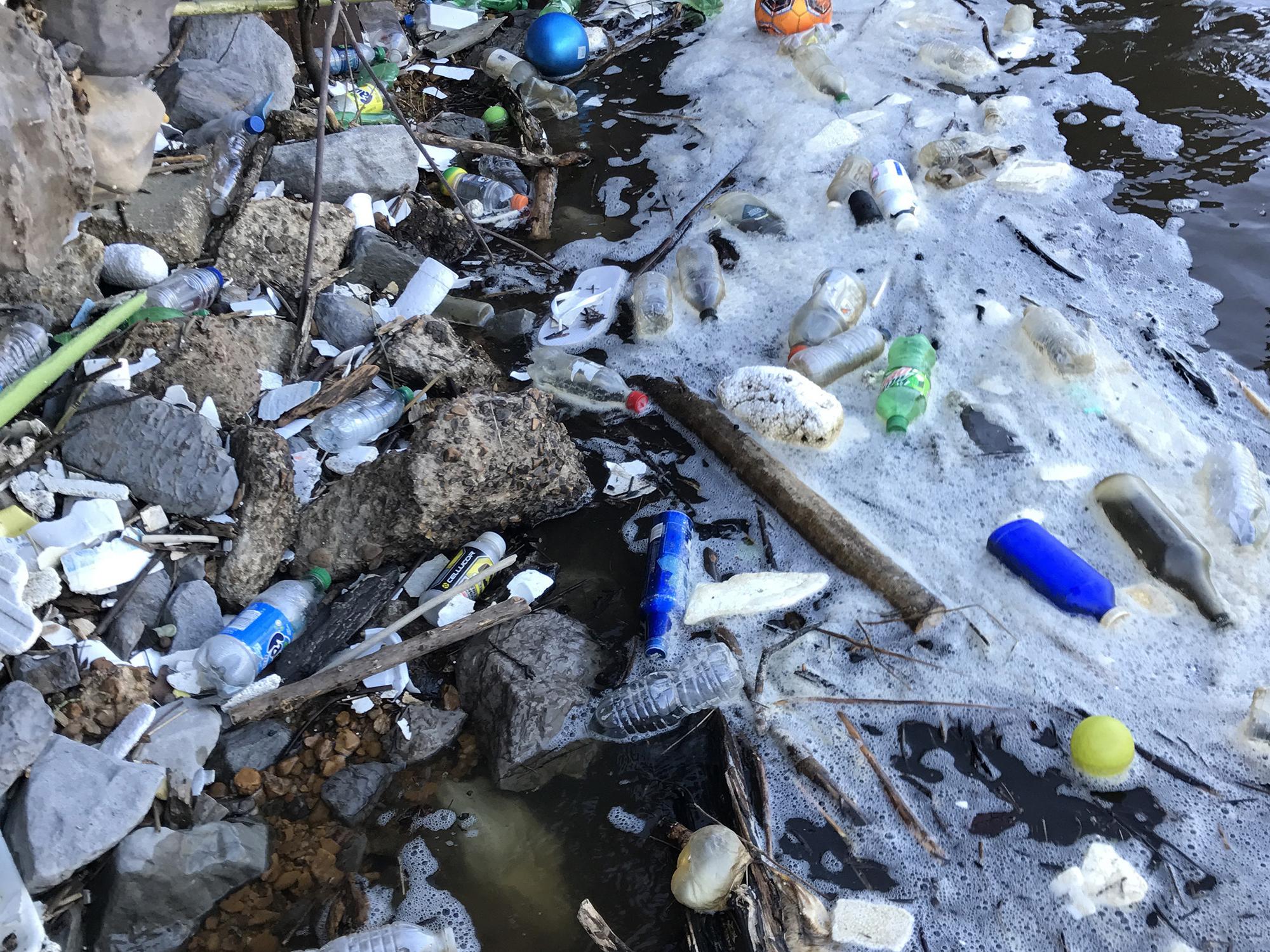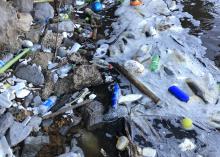Information Possibly Outdated
The information presented on this page was originally released on June 30, 2017. It may not be outdated, but please search our site for more current information. If you plan to quote or reference this information in a publication, please check with the Extension specialist or author before proceeding.
Reduce plastic trash to protect wildlife
RAYMOND, Miss. -- Microplastics, very small plastic particles, in the natural environment have been in the news a lot lately, but there are many steps we can take to reduce this problem.
These tiny, sometimes microscopic, particles come from larger pieces of plastic and fibers from breathable clothing. They have been the focus of much recent media coverage and are the subject of ongoing research, including efforts at Mississippi State University.
All trash, in general, has negative health impacts for wildlife and humans, and plastic causes particular problems -- whether micro or macro. In 2016, Americans used 50 billion plastic water bottles, more than half of which were discarded improperly. Some estimates have nearly 30 billion pounds of plastic entering our oceans annually. This amount does not include all the other trash that is in our inland waterways and on dry ground.
And, for the number crunchers out there, a 2010 survey conducted by Keep America Beautiful reported that the direct cleanup costs are more than $11.5 billion for businesses, institutions, and state and federal governments.
Negative wildlife impacts range from injury to death. Many injuries are from entanglement with trash products such as fishing lines, grocery bags and other containers. Animals also ingest plastic items purposefully or accidentally. In many cases, interactions with plastic trash can end in death. In the case of microplastics, fish and other marine life ingest these particles just by eating and breathing.
On land, many birds use trash as nesting materials. The effects of this behavior are still not fully understood, but past studies have shown that nestlings can become entangled in the plastic. Some research has shown that these materials can alter the nesting environment, including temperature, humidity, natural parasites and the parasite predators that inhabit the nest. These changes sometimes harm the young.
I know these numbers and facts are daunting and can make you feel like saying, “Everything is made of plastic, so what am I to do?” The good news is that there is a lot you can do.
First, pay attention to your own activities at home and outdoors. Surprisingly, outdoor recreationalists leave a lot of trash behind. Dispose of items like drink and food containers in proper receptacles, not on the ground in parking areas. Don’t leave bait containers and used fishing line at fishing areas. Accidental littering during recreation, such as that plastic bag that blows out of your boat or truck bed, can be detrimental to wildlife, but you can control its likelihood.
Second, teach your friends and family. Set the example for your children. Encourage them to leave places cleaner than they found them.
Third, take it to the next level by reducing your use of single-use plastic items like bottles and other food containers. And last, step up in your community by getting involved in cleanup events. Two good ones are the Coastal Cleanup in October along the Mississippi Gulf Coast and Take2Miss Initiative (#Take2Miss) at the Ross Barnett Reservoir and Pearl River.
Consider starting your own community cleanup effort. Make it a family affair.

Editor’s Note: Extension Outdoors is a column authored by several different experts in the Mississippi State University Extension Service.










